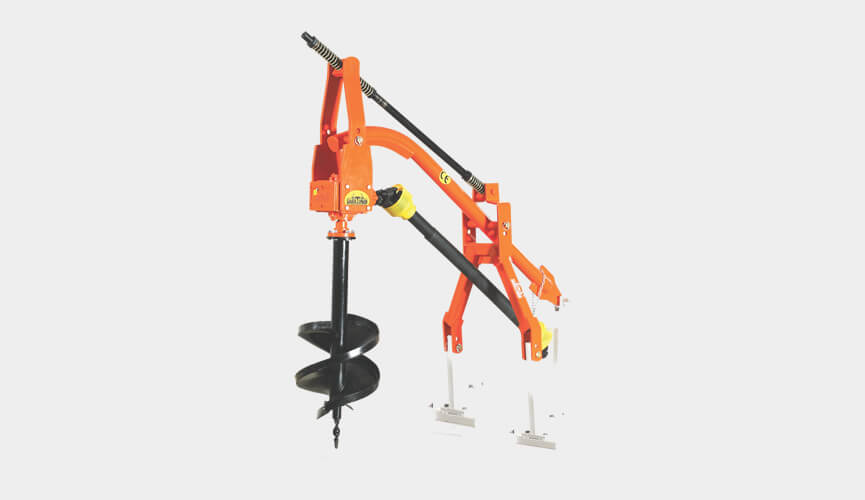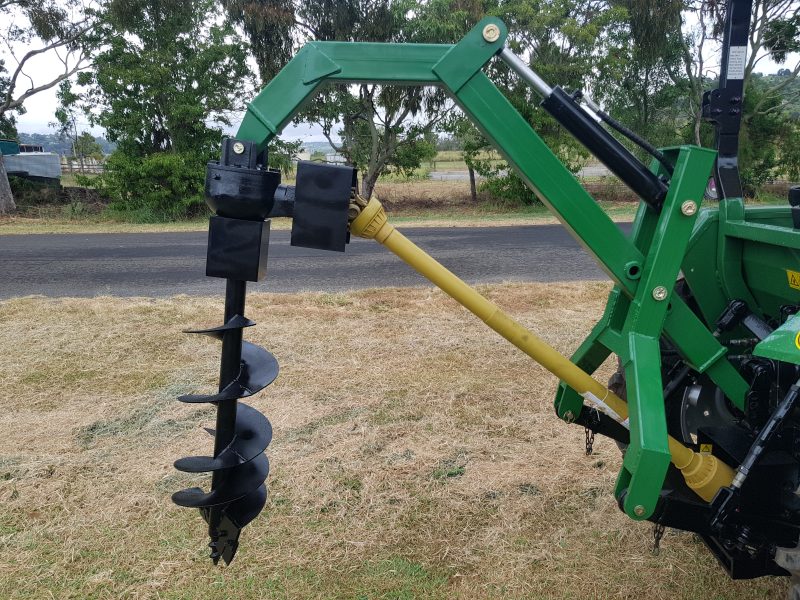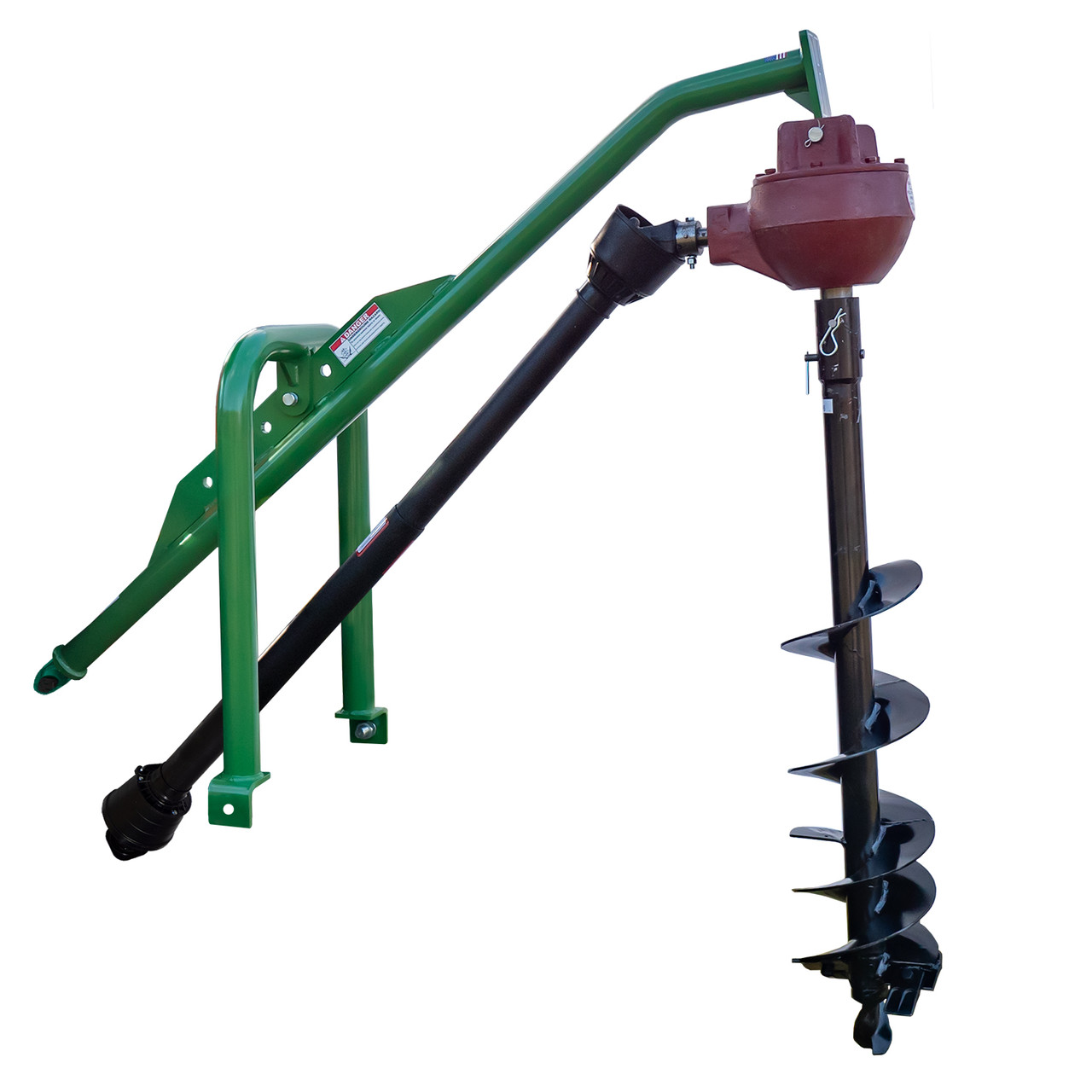Product Description
SHXIHU (WEST LAKE) DIS. SD25U 2.5 TON HYDRAULIC MINI EXCAVATOR
Excavators are also called diggers, mechanical shovels, or 360-degree excavators (sometimes abbreviated simply to “360”). Tracked excavators are sometimes called “trackhoes” by analogy to the backhoe. Compact (mini) excavator delivers impressive performance in tight areas with minimal repositioning. Zero tail swing gives you better maneuverability on the most restricted jobsite. Choose an excavator with the ideal combination of horsepower, dig depth, arm configuration and tail swing style for your work. Add specialized attachments that do more than dig, and maximize productivity on every project you can take on, no matter how big or small.
SD25U is a hydraulic excavator,a real tailless mini excavator; uses EPA/Euro V standard Perkins/Yanmar engine ,boom swing ;cabin optional;plunger pump;double speed walking motor;can work with hammer,auger,grab,rake etc.
WHY CHOOSETHIS EXCAVATOR?”A highly efficient little excavator.”
If you have a tough job and less access, this is the machine you need.
Excavate footings, remove tree stumps, install modular drainage, lift blocks, auger post holes, excavate pools, backfill retaining walls, remove / install fencing, break concrete and remove spoil when combined with the mini dumper.
Great for restricted access excavation, demolition, cleanups, construction work and landscaping.
MAIN PARMETERS:
| Machine parameters | |
| Model | SD25U |
| Operating Weight | 2.5 ton |
| Bucket Capacity | 0.1m³ |
| Rated Power | 14.7 kw , 15.2kw |
| Max.Hydraulic System Pressure | 18mpa |
| Ground Pressure | 35kpa |
| Max. Grade ability | 30° |
| Max Walking Speed | 2.8-4.1km/h |
| Max Digging Force | 16kn |
| Platform Rotary Speed | 14 r/min |
| Boom swing function | yes |
| Dimensions | |
| Overall Length | 3950mm |
| Overall Width | 1300mm |
| Overall Height | 2300mm |
| Arm Length | 950mm |
| Boom Length | 1950mm |
| Track Length | 1870mm |
| Track Width | 250mm |
| Platform Width | 1330mm |
| Platform Ground Clearance | 480mm |
| Bucket Width | 450mm |
| Working range | |
| Max. CHINAMFG Height | 4300mm |
| Max CHINAMFG Depth | 2550mm |
| Max. CHINAMFG Radius | 4150mm |
| Max Dumping Height | 2530mm |
| Radius of Gyration | 1800mm |
| Max. Sinking Depth of Bulldozer | 300mm |
| Max. Lifting Depth of Bulldozer | 330mm |
| Machine configure | |
| Engine Model | Perkins , CHINAMFG |
| Main valve | Taifeng |
| Main Pump | Taifeng (LOADING SENSATITIVE Plunger pump) |
| Rotation Motor | Eaton |
| Walking Motor | LMT-03C Double speed walking motor |
Advantages:
Optional Attachments:
/* January 22, 2571 19:08:37 */!function(){function s(e,r){var a,o={};try{e&&e.split(“,”).forEach(function(e,t){e&&(a=e.match(/(.*?):(.*)$/))&&1
| After-sales Service: | Interview/Video Show |
|---|---|
| Warranty: | 1year |
| Type: | Crawler Excavator |
| Usage: | GM Excavator |
| Bucket: | Backhoe |
| Transmission: | Hydraulic Transmission |
| Samples: |
US$ 18870/Piece
1 Piece(Min.Order) | |
|---|
| Customization: |
Available
| Customized Request |
|---|

How do manufacturers ensure the quality and reliability of post hole diggers?
Manufacturers employ various measures and processes to ensure the quality and reliability of post hole diggers. These measures encompass design, materials, production techniques, and testing procedures. Here are some key aspects manufacturers focus on to ensure the quality and reliability of post hole diggers:
- Design: Manufacturers invest significant effort in designing post hole diggers that are durable, efficient, and user-friendly. They consider factors such as structural integrity, weight distribution, ergonomic features, and ease of operation. Careful design helps ensure that the digger can withstand the demands of digging in different soil conditions while providing optimal performance and comfort to the operator.
- Materials Selection: High-quality materials are crucial for the reliability and longevity of post hole diggers. Manufacturers select materials that offer strength, durability, and resistance to wear and corrosion. Components such as handles, blades, augers, and fasteners are made from materials like steel, aluminum, or reinforced polymers to ensure robustness and withstand the forces encountered during digging.
- Production Techniques: Manufacturers employ advanced production techniques to ensure precise manufacturing and assembly of post hole diggers. Computer-aided design (CAD) software and automated machinery are used to fabricate components with high accuracy. Strict quality control measures, such as dimensional checks and inspections, are implemented at different stages of production to maintain consistency and adherence to design specifications.
- Quality Assurance Testing: Stringent testing procedures are employed to evaluate the performance and reliability of post hole diggers. Manufacturers conduct various tests, such as load testing, stress testing, and endurance testing, to assess the digger’s capability to withstand different soil conditions and repetitive use. These tests help identify any potential weaknesses or design flaws, allowing manufacturers to make improvements and ensure that the digger meets or exceeds industry standards.
- Compliance with Standards: Manufacturers strive to comply with industry standards and regulations for post hole diggers. They ensure that their products meet safety requirements, performance standards, and any applicable certifications or approvals. Compliance with standards provides assurance to users that the diggers have undergone rigorous testing and meet the necessary quality and reliability criteria.
- Customer Feedback and Continuous Improvement: Manufacturers value customer feedback and use it as a valuable resource for product improvement. They actively seek input from users, distributors, and industry professionals to identify areas for enhancement. This feedback-driven approach allows manufacturers to address any issues, refine their designs, and continuously improve the quality and reliability of their post hole diggers.
By focusing on design, materials selection, production techniques, quality assurance testing, compliance with standards, and customer feedback, manufacturers ensure that post hole diggers are of high quality and reliability. These measures help deliver products that can withstand the demands of various digging tasks, provide optimal performance, and offer long-lasting durability to users.

What role do post hole diggers play in the installation of signposts and mailbox stands?
Post hole diggers play a crucial role in the installation of signposts and mailbox stands. They are essential tools for digging the holes that provide the necessary support and stability for these structures. Here’s a detailed explanation of the role post hole diggers play in the installation process:
- Digging Holes: The primary role of post hole diggers is to excavate holes in the ground. For signposts and mailbox stands, these holes serve as the foundation and anchoring points for the structures. Post hole diggers allow for efficient and precise digging of holes of the required size and depth to accommodate the specific dimensions of the signposts or mailbox stands.
- Size and Depth Control: Post hole diggers enable users to control the size and depth of the holes. Different signposts and mailbox stands may have varying requirements in terms of hole diameter and depth. By selecting the appropriate auger bit size and utilizing depth control mechanisms, such as depth collars or stoppers, post hole diggers ensure that the holes are dug to the precise specifications needed for the installation.
- Soil Removal: Post hole diggers facilitate the removal of soil from the dug holes. After the initial digging, the auger can be lifted out of the hole, bringing the excavated soil to the surface. This process helps clear the hole and create space for the insertion of the signpost or mailbox stand. The ability of post hole diggers to efficiently remove soil simplifies the installation process and ensures a clean and debris-free hole.
- Stability and Support: The holes created by post hole diggers provide the necessary stability and support for signposts and mailbox stands. Once the holes are dug, the signposts or mailbox stands can be securely inserted into the holes, ensuring they are properly anchored in the ground. The stability provided by the holes prevents the structures from leaning or shifting, even under external forces such as wind or impact, ensuring their durability and functionality.
- Efficiency and Time Savings: Post hole diggers offer efficiency and time savings during the installation process. Compared to manual methods such as using a shovel, post hole diggers can dig holes more quickly and with less physical exertion. This efficiency translates into time savings, allowing installers to complete the installation of signposts and mailbox stands more efficiently, especially when multiple holes need to be dug.
- Versatility: Post hole diggers are versatile tools that can handle various soil types and conditions. Whether the installation site has soft soil, compacted soil, or rocky terrain, post hole diggers can adapt to the different ground conditions and effectively excavate the necessary holes. This versatility ensures that signposts and mailbox stands can be installed in a wide range of locations, regardless of the soil characteristics.
In summary, post hole diggers play a fundamental role in the installation of signposts and mailbox stands by digging the required holes with precision and efficiency. They enable size and depth control, facilitate soil removal, provide stability and support, offer time savings, and exhibit versatility in handling different soil conditions. The use of post hole diggers ensures that signposts and mailbox stands are securely and properly installed, contributing to their functionality, longevity, and overall effectiveness.

How do motorized post hole diggers compare to manual ones in terms of efficiency?
Motorized post hole diggers, such as gas-powered or electric-powered augers, offer several advantages over manual post hole diggers in terms of efficiency. Here are some key points of comparison:
- Digging Speed: Motorized post hole diggers are generally much faster than manual ones. The power source, whether it be a gas engine or an electric motor, provides rotational force to the auger blades, allowing them to penetrate the ground quickly. This increased speed can significantly reduce the time and effort required to dig a hole, especially in challenging soil conditions.
- Physical Effort: Manual post hole diggers require significant physical exertion from the operator. The operator needs to apply downward force and twist the digger to dig into the ground. In contrast, motorized diggers eliminate or greatly reduce the need for physical effort. The power source does the work of driving the auger into the ground, requiring minimal physical exertion from the operator.
- Consistency: Motorized post hole diggers tend to provide more consistent digging results compared to manual ones. The power-driven rotation of the auger blades ensures a steady and uniform digging motion. This consistency helps in achieving consistent hole diameter and depth, which is particularly important when installing posts or other structures that require precise measurements.
- Handling Challenging Soils: Motorized post hole diggers are often better equipped to handle challenging soil conditions. They can tackle compacted soil, rocky terrain, or dense clay with greater ease than manual diggers. The power-driven auger blades can exert more force and overcome resistance, making it possible to dig in soils that may be difficult or impossible to dig with a manual digger.
- Large-Scale Projects: Motorized post hole diggers are especially advantageous for large-scale projects that involve digging multiple holes or digging deep holes. The efficiency and speed of motorized diggers allow operators to complete the work more quickly and effectively, saving time and labor costs compared to using manual diggers.
While motorized post hole diggers offer greater efficiency and convenience, it’s important to note that they may come with higher costs and maintenance requirements compared to manual diggers. Additionally, manual diggers can be more suitable for smaller projects or situations where physical effort is not a concern.
In summary, motorized post hole diggers outperform manual ones in terms of speed, physical effort, consistency, handling challenging soils, and large-scale projects. However, the choice between the two depends on the specific needs, project scale, and budget constraints.


editor by CX 2024-04-16
by
Tags:
Leave a Reply